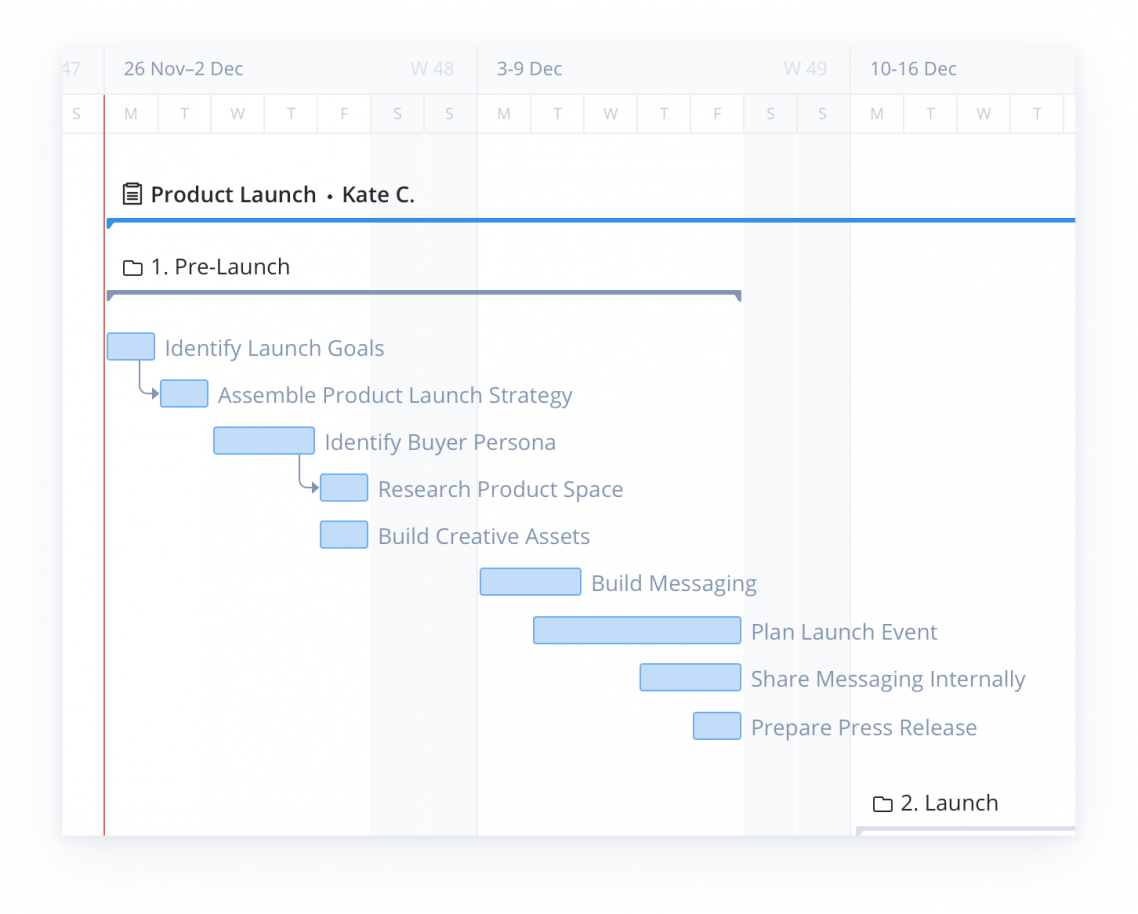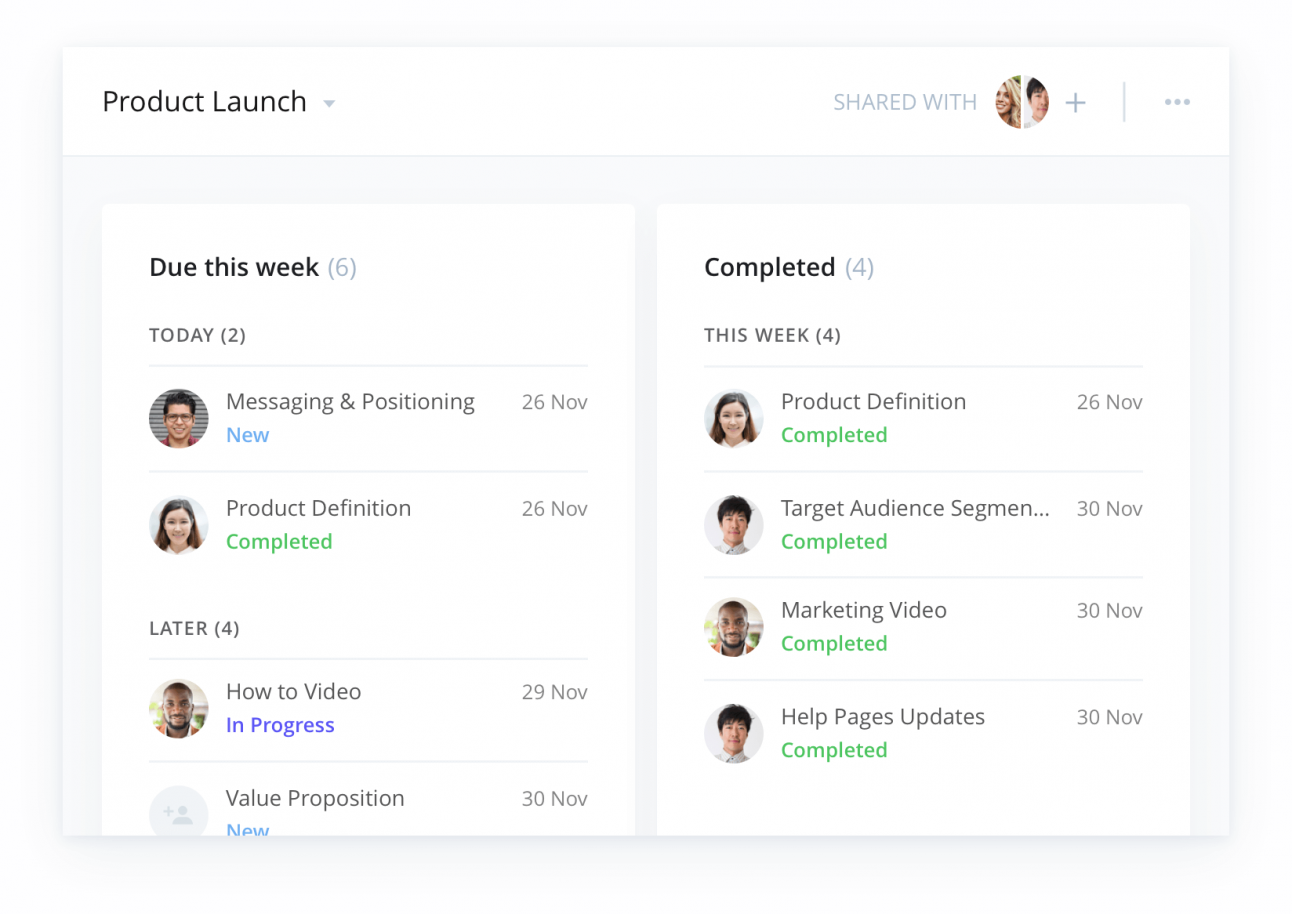Key takeaways:
- What is essential for a successful product launch? A structured yet flexible product launch template facilitates collaboration among diverse teams, breaking down complex tasks into actionable steps.
- How can due dates impact a product launch? Setting realistic due dates and mapping task dependencies with tools like Gantt charts helps avoid delays and keeps the project on track.
- Why should one assign accountability? Clearly defining roles and utilizing frameworks like RACI reduces confusion, enhances communication, and ensures that every team member understands their responsibilities.
- What role do milestones play? Establishing milestones throughout the product launch timeline provides check-in points, allowing teams to assess progress and make adjustments as needed.
- How can project visibility improve teamwork? Utilizing a centralized work management platform allows all teams to maintain visibility over tasks and workflows, enhancing collaboration and accountability.
It took 400,000 engineers, technicians, and scientists. It cost $24 billion ($100 billion in today’s dollars). They traveled 240,000 miles in 76 hours.
If we were playing “Jeopardy,” the correct answer would be “What is the moon landing?”
There are few launches that feel bigger than the moon landing, and yet, when you have a big product launch project at your company, it can feel like you’re moving heaven and earth to get it off the ground. Launching a product requires collaboration between many departments and the risk of failure looms at every turn.
It can be hard for everyone to fully wrap their minds around the complexity of a massive project task list. As you take the lead, you need to make the product launch digestible to other teams and present it in a flexible yet structured way that aligns with diverse workflows. That’s where a product launch template comes in. It helps you create order while also providing flexibility, accountability, and visibility to all involved.
Leveraging a product launch template helps your team map out each step of the journey through each of the product life cycle management stages. For example, Wrike’s product launch plan template breaks it down into 3 phases: pre-launch, launch, and post-launch. This strategy ensures that every product launch is more successful than the last. You’ll be able to measure activity, reflect on missteps, and improve your template for next time. Making it easy to plan, kickoff, and stick that landing. To help you build your world-class plan, here are ...
4 things to keep in mind as you build your product launch template
1. Centralize tasks and make steps actionable
We all know the famous quote, "That’s one small step for man, one giant leap for mankind." Going to the moon was a huge leap of a project, but broken down into small steps, this science fiction became fact.
To achieve your big leap of a product launch, you need to break everything into small steps. Looking at a long list of disorganized to-dos or a never-ending spreadsheet creates paralysis. A bigger picture can bring more focus to critical roadblocks. In order to make your product launch strategy successful, you need to make every step actionable.
First, break your launch up into phases. In our product launch example template, we break it up into pre-launch, launch, and post-launch. That way, the project is centralized, but you’ve clearly marked key milestones where project activity and goals will dramatically shift focus. Breaking it up this way helps your teams focus on the current tasks instead of getting overwhelmed by what’s next.
Next, as you start to map out the steps to your launch, create tasks and subtasks. Tasks are major steps or deliverables, while subtasks are the smaller activities that make it happen. For example, a task could be to create a landing page. Within that landing page task, there can be subtasks like copy, design, images, or HTML. Instead of looking like a never-ending checklist that sends teams into a tailspin, tasks look manageable.
Nestling subtasks into major tasks keeps your product management templates visually clear while also ensuring that nothing slips through the cracks. When building your strategy with Wrike’s product launch plan template, add the information into your tasks that will be helpful every time, like reference documents, brand guidelines, or character counts. Everything is in one place and connected.
While there are many resources to help you build out your tasks, your main focus should be on making each step actionable for team members. Checklists and spreadsheets in disparate systems aren’t scalable for large, cross-functional projects like product launches. Each team needs to be able to take action on their tasks while working in sync with the whole project.
2. Set due dates and map task dependencies
When it came to the moon landing, there was no way their teams could have pulled it off if tasks were still incomplete. Yet so many teams set a hard launch date and release a product full of bugs. It’s far better to delay a product launch in order to deliver a product that performs at or beyond customer expectations. Or better yet, give yourself a cushion before the deadline. A Gantt chart can help you do the latter.
In 1915, industrial engineer Henry Gantt designed a visual chart to help manufacturing supervisors see if work was on, ahead of, or behind schedule and how delays impacted other tasks. Today, teams all over the world leverage the Gantt chart. In fact, Gantt must have had product launch plans somewhere in the back of his mind when creating his chart.
In Wrike, the Gantt chart view displays the project and all tasks on an interactive and dynamic timeline. This bird’s-eye view can help you spot and avoid bottlenecks or roadblocks to ensure you meet your deadlines. To adjust the length of any task, simply drag the due-date marker and dependent tasks will follow suit.
Product launch plans are complex and multi-layered. Tasks are intertwined so if one task is delayed, it impacts the entire project process. Too much optimism is one of the biggest challenges many plans face. With 97% of projects experiencing delays of some degree, you need to build delays into your product launch template. With the visual of a Gantt chart in mind, follow these steps:
- Step 1: Start by mapping out the task and subtask due dates in line with your ideal product launch date. Be realistic with your time estimates.
- Step 2: In your work management platform or tool, connect the tasks that are dependent on one another. In a tool like Wrike, you’ll see that when one is adjusted, the dependent tasks will move too.
- Step 3: Use a Gantt chart to help you identify where bottlenecks may occur. Is there a handoff process that might cause extra days? Is someone going on vacation? Are there other big projects to be aware of?
- Step 4: Add a cushion to key tasks and include content within the tasks that can alleviate delays. For example, if your design team has a weekly intake process, make a note within your task to ensure your team puts in the request in advance.
Leveraging a Gantt chart in your product launch strategy gives everyone visibility into project progress without overwhelming them. When delays occur, it’s easy to see how it impacts the overall project, which helps keep everyone aligned and focused.
By using this template, again and again, you’ll be able to fine-tune your cushion and dependencies. Maybe you didn’t realize you needed extra time on a step, or maybe you gave too much time to another step. This template will help you optimize your product launches so they are easier, better, and faster every time.

3. Assign accountability and responsibilities
Neil Armstrong couldn’t have done that mission alone — and you can’t do yours alone either! When it comes to a product launch, you need to rely on diverse teams to help you blast off.
The catch? When teams are siloed, you’ll see duplicate work, confusion, delays, and more. And in a big project like this, members can have a hard time feeling accountable. In fact, in our study of workplace stress, the top stressors were poor communication, team members not pulling their weight, and waiting on others. Group work can be painful, but by building roles and responsibilities into your template, you’ll relieve a lot of tension.
As you build out your product launch template, determine roles and responsibilities by using responsibility frameworks like RACI, RAPID, or DACI. These frameworks provide structure and accountability to a large cross-functional group. Here’s what a RACI responsibility framework looks like.

In a work management platform like Wrike, you would assign the “Responsible” or “Accountable” individual or team to the task. Those that should be “Consulted” can be @mentioned in the task. If they need to be “Informed,” they can follow the task to receive updates when changes are made.
On a template level, input the responsibilities into the task description so assignees can have a copy of key information every time. Templatizing accountability ensures that even new team members know the right contact, roles, and expectations, making each launch better than the last.
Discussing roles and responsibilities from the beginning moves the project along even as it changes hands between teams. Since every team operates differently, having a template gives you structure while still providing the flexibility that allows teams to work within their own flows. When the team at Unbounce was launching their landing page initiative, they knew it was a big project that needed a robust tool. Chelsea Scholz, Marketing Manager of Brand Promotion, looked to Wrike:
“We needed to scope [the launch], involve almost the entire department plus many external people, execute, and launch it — all within one quarter. Thanks to Wrike’s flexibility and multiple project views, the marketing team at Unbounce has been able to limit tool proliferation. I want to see a time log, a workload list, and Gantt charts. But I want people who want just a task list to feel comfortable too — without having to use eight different tools.”
Having your work management and project plan in one flexible tool makes it easy for everyone on the team to have visibility while feeling empowered and accountable. Instead of siloed teams, you have one diverse team working in alignment.
4. Set milestones and define workflows
How do you think the moon landing would have gone if their timeline looked like this?
- Take off from Earth
- Return to Earth
Some steps are missing there, right? As we point out in a recent blog, Why Your Project Timeline Is Inaccurate (and How to Fix It), a product launch — or any project — is more than just a go-live date. Milestones help you break down deadlines and create check-in points to measure progress.
Now that you have due dates and dependencies scheduled, it’s time to build milestones into your template. Milestones should be placed where you might need some extra time to catch up, take a breath, review, and realign before moving forward.
Take a look at your task list. The milestones should stand out to you. Some easy examples are where you start and end your pre-launch, launch, and post-launch phases. Where are some other places you can put milestones? Major events and handoffs are a natural place to consider.
While setting milestones on a template level provides your team with structure, it’s critical to also define milestones into your workflow. Visually establish project progress by defining universal workflow statuses at the template level. In a large project with multiple stakeholders, it’s easy for teams to get off course — especially if people are using different project management language. While some teams might say “In progress” other teams might say “This week.” You’ll want to ensure that everyone is using the same language.

In Wrike, you can use a board view that visualizes progress by workflow status. This helps you manage progress and identify bottlenecks. Many teams use this view if they are leveraging a Kanban methodology.
Or you can create a shared dashboard where everyone can visualize items by the due date, accountability, workflow status, and more. The key is to keep everything in one place and define workflow statuses at the beginning. Having a tool like Wrike that provides flexibility for multiple custom visualization makes collaboration a breeze.
Bonus Tip: Make sure you take in the view

One of the threads that tie all these tips together is being able to get a full picture of your project while still being able to access all of the details. You’ll want to build your product launch template within a work management platform so you can take in the view — Gantt chart, Kanban board, list view, and more. Truly leverage these views and capabilities to help your cross-functional teams work better together.
Ready for product launch liftoff?
We’ve built you a product launch template to help you break down your project into phases, get inspired with sample tasks, and track progress on a visual timeline.
Get started today and download the template with your free 2-week trial!




